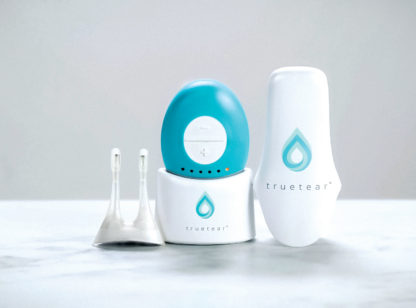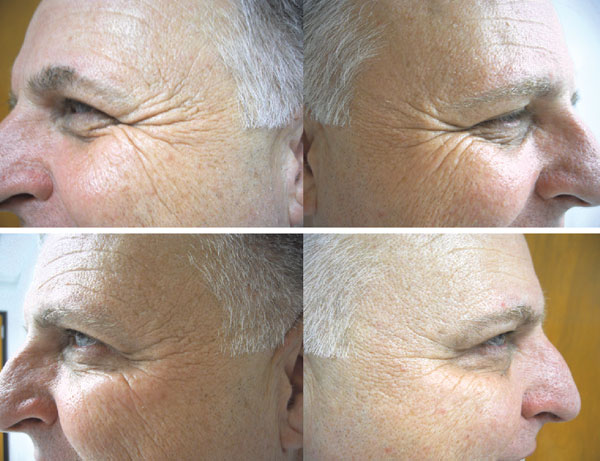An allograft is a bone or tissue surgically transplanted from one human donor to another, which may sound frightening, but is actually safe and has been in use for quite some time. The most common tissues are amniotic tissues which are attained only during childbirth. The tissues are processed and preserved to maintain viability from the placenta of elective cesarean section after full-term pregnancy in medically cleared donors.
The amniotic membrane (or amnion) is the innermost layer of the placenta that lines the amniotic cavity. The membrane itself consists of a special combination of tissue layers, making amnion a unique membrane in the human body. These tissues are an abundant source of collagen, as well as other proteins and growth factors that are essential to support the body’s natural regenerative healing process as they promote epithelialization (the wound healing process). Amniotic tissues also facilitate epithelial cell migration, reinforce adhesion of basal epithelial cells, and prevent epithelial apoptosis (cell death). They are often described as “immune-privileged” because they rarely evoke an immune response in the human body.
Amniotic tissues are used for many eye conditions to reduce scarring and inflammation and to speed up healing. Below is a list of common ocular uses for amniotic allographs:
- Persistent corneal defects
- Corneal ulcers
- Ptyergium surgeries
- Conjunctival surface reconstruction
- Advanced dry eye and exposure keratitis
- Cicatricial entropion
- Chemical and thermal burns
- Neurotrophic corneal epithelial defects
- Stem cell deficient corneas
- Recurrent corneal erosion
Amniotic membrane works well as a bandage contact lens, allowing corneal epithelialization or healing beneath it. The specific proteins in the membrane also reduce scarring (a sight-saving benefit) in clear structures like the cornea.
Corneal allografts have been used for years to restore sight in patients with corneal disease such as keratoconus, herpetic eye disease or Fuchs’ dystrophy. New techniques allow more precise and controlled cell allograft so that only the unhealthy part of the cornea needs to be removed and replaced with a healthy allograft. Corneal allografts are obtained through deceased donors and tissue banks. Because of the importance of tissue matching (and supply and demand), the distribution is tightly controlled to ensure a fair and proper match.
Amniotic allografts are used for rapid recovery with minimal scarring; corneal allografts are used to replace damaged, scarred or diseased corneas. Thanks to modern laser technology, the host (patient) and allograft (corneal tissue to be transplanted) can be cut exactly to match, minimizing or eliminating the need for aggressive suturing. This provides for improved optics and faster recovery following transplantation.
Dr. Evans is the founding owner of Evans Eye Care in Palm Desert and can be reached at (760) 674.8806 or online at www.evanseyecare.com.













































Comments (0)